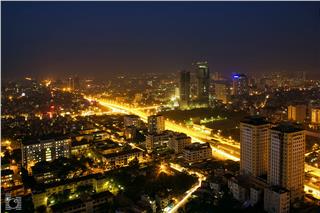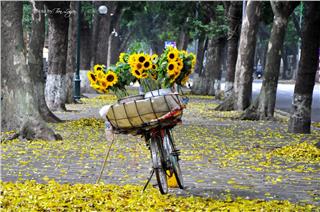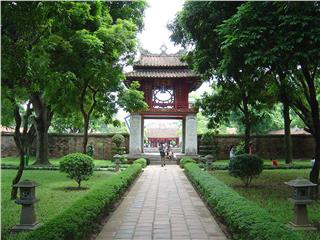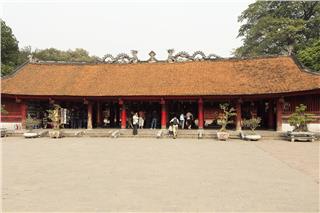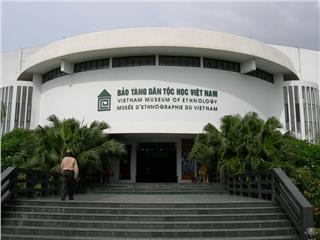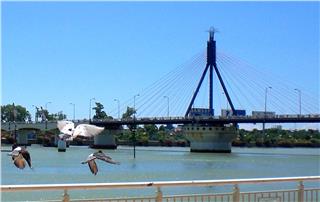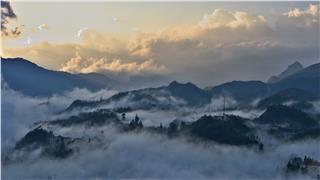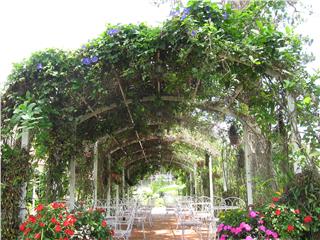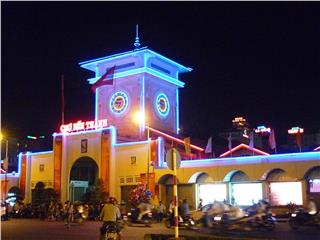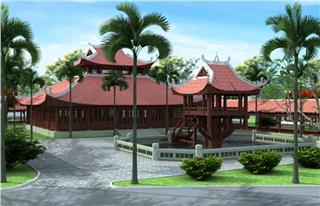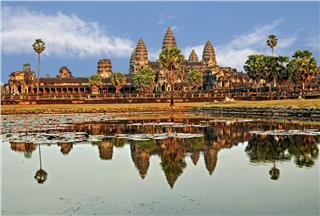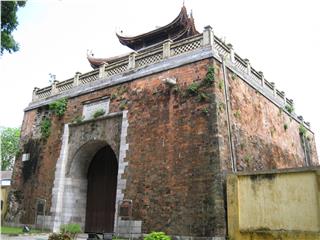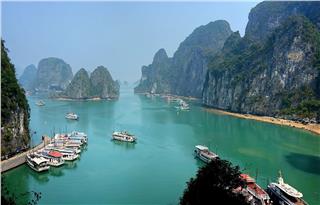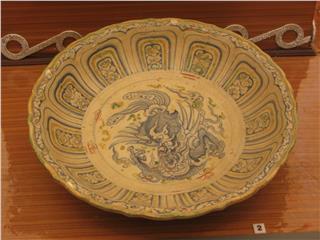The fall of Hanoi
Mon, 27 Apr 2015 . Last updated Mon, 01 Jun 2015 14:27
-
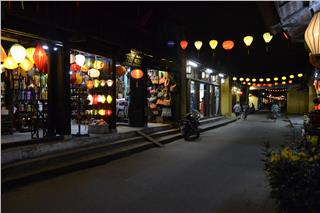 Hoi An travel to New Moon Festival 7231 viewed
Hoi An travel to New Moon Festival 7231 viewed -
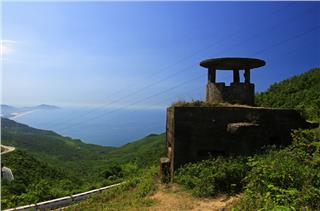 Vietnam War bunker near Da Nang 6705 viewed
Vietnam War bunker near Da Nang 6705 viewed -
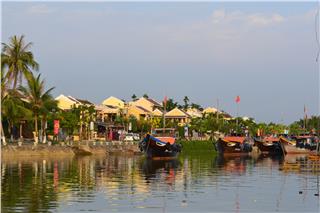 Ancientness of Hoi An ancient town 6618 viewed
Ancientness of Hoi An ancient town 6618 viewed -
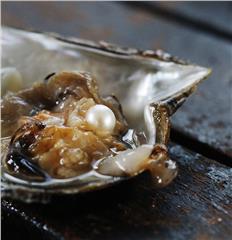 Discovering pearl in Phu Quoc Island 6123 viewed
Discovering pearl in Phu Quoc Island 6123 viewed -
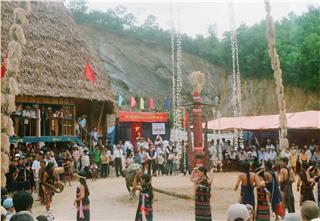 Discovering the Co Tu village in Quang Nam 5980 viewed
Discovering the Co Tu village in Quang Nam 5980 viewed -
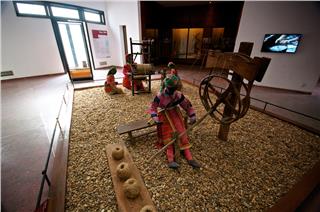 Cultural identity of ethnic groups in Vietnam Museum of Ethnology 5941 viewed
Cultural identity of ethnic groups in Vietnam Museum of Ethnology 5941 viewed -
 Visit Trang An complex in Ninh Binh 5844 viewed
Visit Trang An complex in Ninh Binh 5844 viewed -
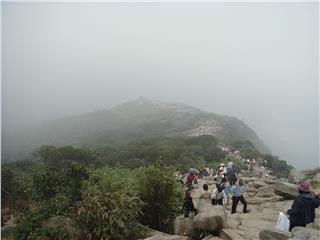 Yen Tu Pagoda and records of Vietnam 5813 viewed
Yen Tu Pagoda and records of Vietnam 5813 viewed -
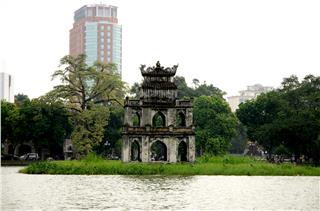 Hanoi Vietnam to Hoan Kiem Lake 5684 viewed
Hanoi Vietnam to Hoan Kiem Lake 5684 viewed
The Fall of Hanoi itself now carries historical values. The fall of Hanoi is very gorgeous because Hanoi is this point of time seems to converge all beauties of the whole country through a length of history.
The thousand-year-old Hanoi has stepped into the Fall with typical colors and sounds. Hanoi autumn begins with yellow of Chinese blackberry trees, and red of tropical almond leaves. Ancient houses along ancient streets add the dark brown of roots. Hanoi autumn, autumn of Hanoi comes with season of milkwood pine flowers, scenting each breeze, flowers with season of green rice with season of green rice scenting little hands and every walk. The melodious lyrics evoke the nostalgia for the Fall of Hanoi. Fall comes up with the typical fragrance of flowers, the warmth of bright sunshine in the breeze with the agitation of leaves and season. The Fall of Hanoi lasts short but is very outstanding.
The Fall is the season of festivals and great historical events. In the Fall of 1010, King Ly Thai To, the first king of Ly dynasty, moved the capital from Hoa Lu to Dai La, which renamed Thang Long, opening up a new era of prosperity and independence of Dai Viet. This movement laid foundation for the vibrant development of Thang Long afterwards. Thang Long then became the intellectual, political, economic and cultural center recognized as the ever-superior capital of all times. The transfer of the Capital in the Fall of 1010 is forever the important event in the history of Vietnam.
By the Fall of 1070, the second year of Than Vu at the time of King Ly Thanh Tong, the Temple of Literature was built. According to the Complete Annals of Dai Viet; in August, the Temple of Literature was built with the statues of Confucius, his four closest disciples, Chu Cong and the seventy two sages. Crown Prince came here to learn. The Temple of Literature was not only the place worshipping the ancestors of Confucianism but a university whose first student was 5-year-old Crown Prince Ly Canh Duc, the son of King Ly Thanh Tong and Queen Y Lan.
Hanoi is reaching new heights. On one hand, the city has tried to develop the socio – economy. One the other hand, the city has tried to preserve traditional cultural values, creating a capital equivalent to its position as the center of the country.
In the Fall, Hanoi is filled with green rice’s aroma. Green rice is an elegant specialty to Hanoian people. Green rice of Vong village is famous nationwide for long. Flat green rice grains are made of young sticky rice. Stir-frying rice costs a lot of effort. Rice must be cooked until the core comes out from husk. A special mortar is used. People must grind rice gently and steadily to ensure that green rice is soft. Visiting green rice villages in fall afternoon, you will enjoy sweet aroma. The aroma of green rice makes their way into all capital’s streets in the Fall. Wherever they go, Hanoian people will never forget the sweet aroma of green rice.
Those who ever live in Hanoi will never forget the Fall with outstanding features of this place. The streets scented with milk wood pine flowers is a natural feature of Hanoi. Referring to milk wood pine flowers, people usually think of musician Hong Dang. His song makes this flower the poetic symbol of the city. First appealing in Hanoi-bird nesting season directed by Director Duc Hoan in 1978, the song “Milk wood pine flowers” quickly found its own niche in Vietnam’s music.
The songs make listeners feel like they are wallowing in the fall of Hanoi. The song has always considered one of the best songs about Hanoi. Milkwood pine flowers have gone into paintings of many famous artists, especially artist Bui Xuan Phai.
Located in a small alley in Thuoc Bac street, the “world of Phai” bears the images of old Hanoi. Looking at paintings about streets in Hanoi of artist Bui Xuan Phai, we can imagine Hanoi in the last century. He laid his feelings, memories and emotions in his paintings as if he knew the future of the city will change and disappearance of tiled-roof houses. Works in Bui Xuan Phai are kept in this house. In Bui Xuan Phai’s paintings, autumn is reflected through houses, willows and Sword lake. Streets in autumn are the inspiration of Cung Tien, Doan Chuan and Tran Thu. The old quarter now is longer in quietness. Time can take away many things, but the love for Hanoi of Bui Xuan Phai fully reflected in his paintings.
“Has dracontomelum ripened yet”? This singing is popular to those who love romantic songs about the fall in Hanoi. Dracontomelum raises a special feeling about Hanoi. Dracontomelum season only lasts for 1 month after Mid-Autumn Festival. It’s wonderful to enjoy ripen dracontomelum in the cool seasonal breeze. That’s the reason why Poet Xuan Dieu praises dracontomelum. Young dracontomelum is crispy. When it becomes ripe, it will be sweet and tasty.
Hanoian, especially, children are eager to welcome Mid-Autumn Festival. Earlier of festival, bake-houses are busy making moon-cakes. August reminds us of our childhood. In the festival, streets are full of colors and traditional toys. Autumn in Hanoi impresses not only adults by its romance but also children with full moon parties.
Autumn comes along with new school-year. Students welcome new school-year with hopes about a good future. School girls wearing white traditional long dresses embellish Hanoi streets. They remind us of the school time with excitement and dreams that we all want to return. Let me stay with autumn to hear school drumming, to see leaves outside the window, to maintain white shirt of student age.
Autumn is the great inspiration of artists. Ba Huyen Thanh Quan, a female artist used to write poems about Thang Long. Poet Nguyen Dinh Thi also had unforgettable memories about the autumn in Hanoi, when he had to leave Hanoi in autumn 1946, feeling upset and fretty.
The autumn in Hanoi brings us different emotions. The Fall is the most impressive season of Hanoi. Along with time, many works were born but the emotion flow seems to be endless. The autumn in Hanoi itself is poems, paintings and songs throughout the years.
Source: VTC10 - NETVIET

